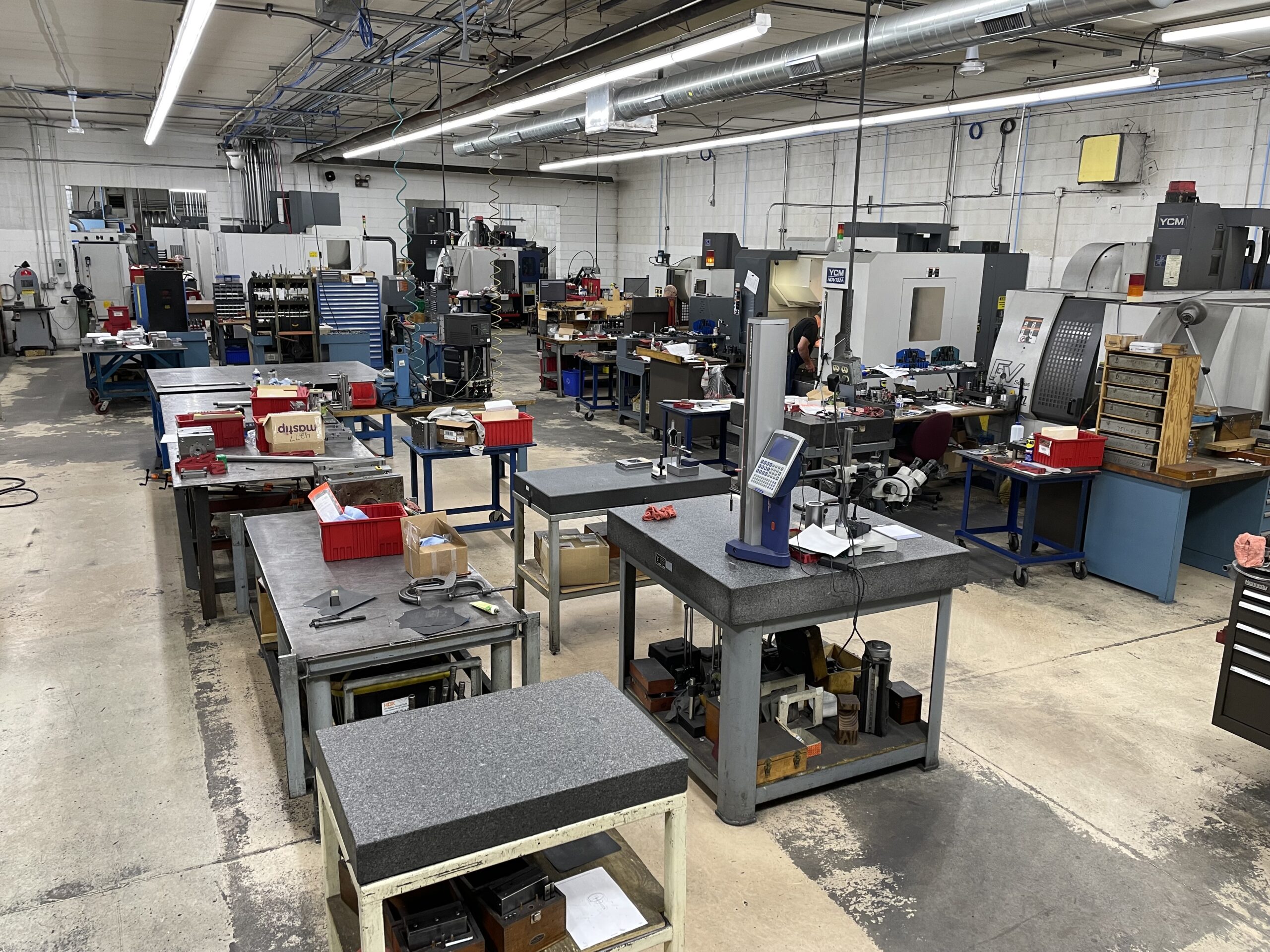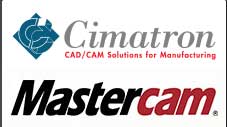When creating products with molded plastic components, manufacturers have a variety of options depending on the application and the type of part needed. Among these, injection molding stands out as one of the most popular methods for producing high-quality, cost-effective plastic parts at scale. For all of your injection molding needs contact Preferred Tool located in Hugo, Mn serving the entire Twin Cities Metro.
What Is Injection Molding?
Injection molding involves injecting melted resin into a mold cavity under high pressure and temperature. Once the mold is filled and cooled, the solidified part is released. This highly repeatable process is ideal for mass production—capable of producing thousands to millions of identical parts with precision.
Key Advantages
-
High-volume production of consistent parts
-
Low labor costs
-
Minimal material waste
-
Wide range of materials
-
Tight tolerances and complex geometries
-
Multi-cavity molds allow for multiple parts per cycle
Common Applications of Injection Molding
Injection molding is used across numerous industries to create parts that are both functional and aesthetically precise:
Consumer Products
-
Plastic bottles (often made from PET)
-
Toys (e.g., LEGO bricks—precision-molded from plastic granules)
-
Housewares (containers, drinkware, closures)
Electronics
-
Housings for remote controls, computers, TVs
-
Custom enclosures for various devices
Automotive
-
Dashboards, cup holders, radio controls
-
Color-matched interior components
Medical
-
Syringes, sharps disposal bins, medication trays
-
Single-use instruments and sterile components
Construction
-
Concrete beam conduits, deck fasteners, insulators
-
Roof vents, railing gaskets
POP & Retail Displays
-
Spring-loaded supermarket trays
-
Custom book or product displays
Short-run / Prototyping
-
Specialty knobs, fixtures, custom buttons
-
Functional 3D printed mold inserts for limited production
How the Process Works
-
Mold Creation: Precision-machined molds—typically from steel or aluminum—are built to exact specifications.
-
Injection: Thermoplastic resin is melted and injected into the mold under pressure.
-
Cooling: The mold is cooled to solidify the part.
-
Ejection: The finished part is ejected from the mold.
-
Repeat: The process is repeated with high consistency.
Considerations and Limitations
While injection molding offers significant advantages, there are trade-offs:
-
High upfront tooling cost due to design, testing, and mold creation
-
Longer lead times during initial setup
-
Design sensitivity: Parts must account for shrinkage, cooling rates, and geometry-related defects
-
Surface issues may arise in complex or highly customized molds
Conclusion
Though injection molding is a complex process, its versatility and efficiency make it the go-to solution for manufacturing both prototypes and end-use products across virtually every industry. With proper design and execution, injection molding enables the production of durable, precise, and aesthetically consistent parts that we use every day—from plastic bottles to medical devices and automotive components. For all of your injection molding needs contact Preferred Tool located in Hugo, Mn serving the entire Twin Cities Metro. Call Today!!!


